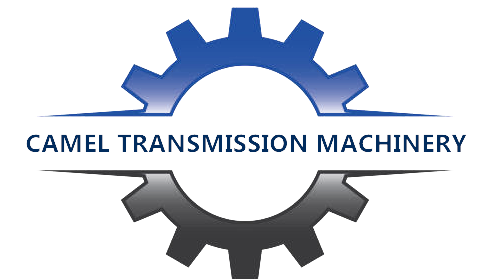Characteristics and differences between worm gear drive and belt drive
The main differences and characteristics are that the worm gear transmission ratio is large, the belt transmission ratio is small; the worm gear transmission is vertical transmission, while the belt transmission is parallel transmission; the worm gear transmission torque is small, but the belt transmission distance is large; the worm gear transmission efficiency is low, but the belt transmission efficiency is slightly higher; the structure of worm gear and worm is more complex, and the cost is relatively high.
1、 Belt transmission characteristics of reducer
Transmission has the characteristics of simple structure, smooth transmission, buffering and absorbing vibration, and can transfer power between large shaft spacing and multiple shafts, and it has the characteristics of low cost, no lubrication and easy maintenance, so it is widely used in modern mechanical transmission. The friction type belt has the characteristics of overload and slipping, low running noise, but inaccurate transmission ratio (sliding rate is less than 2%); synchronous belt transmission can ensure transmission synchronization, but its absorption capacity to load variation is slightly poor, and there is noise in high-speed operation. Belt drive is used not only to transfer power, but also to convey materials and parts in whole train.
2、 Worm drive characteristics of reducer
(1) It is self-locking. When the helix angle of the worm is very small, the worm can only drive the worm gear, and the worm gear can not drive the worm to rotate.
(2) Worm transmission efficiency is low. Generally speaking, worm transmission efficiency is lower than gear transmission. Especially for the worm drive with self-locking property, its efficiency is below 0.5, and the general efficiency is only 0.7-0.9.
(3) High heat, easy wear of tooth surface and high cost.
(4) Large transmission ratio and compact structure. The number of worm head is represented by Z1 and the number of worm gear teeth is represented by Z2. From the transmission ratio formula I = Z2 / Z1, it can be seen that when Z1 = 1, that is, the worm is a single head, the worm must rotate Z2, and the worm wheel can only rotate once. Therefore, a large transmission ratio can be obtained. Generally, in the power transmission, the transmission ratio i = 10-80 is taken; in the indexing mechanism, I can reach 1000. Such a large transmission, such as gear transmission, requires multi-stage transmission, so the worm drive structure is compact, small size, light weight.
(5) Smooth transmission, no noise. Because the worm gear is a continuous spiral tooth, it is continuous when it is meshed with the worm gear tooth, and the worm gear does not enter and exit the meshing process, so the work is stable, and the impact, vibration and noise are small.
